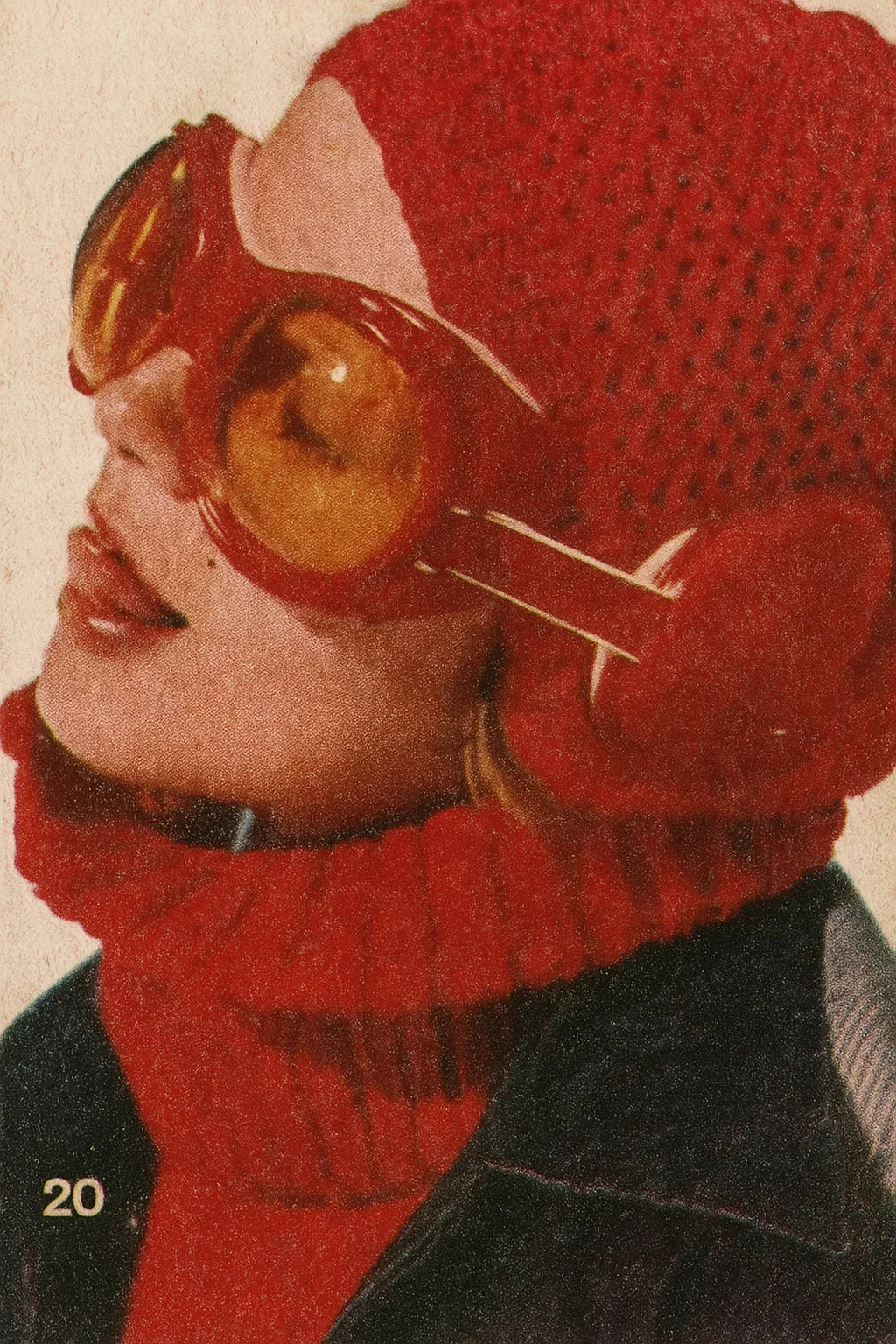
AI & Creativity: A Guide to 2025–2026 Trends
Artificial intelligence is becoming an essential creative tool — one that expands the designer’s capabilities rather than replaces them. The “human vs. AI” debate is fading, giving way to a symbiotic relationship: generative models accelerate routine tasks and spark new ideas, while the final creative touch and emotional depth remain in human hands.
AI enhances creativity but doesn’t substitute for it. It lacks emotional empathy because it has never lived a human life, attended a client meeting, or sensed the subtle nuances hidden within a brief. For now, it cannot perceive the faint shifts in body language that humans intuitively notice.
AI as a designer’s partner, not a replacement
Authenticity, texture, and the beauty of imperfection in visuals
After a wave of perfect digital AI images, there’s a growing demand for more realistic and tactile visuals. Designers are intentionally adding “imperfections”: grain, hand-drawn strokes, complex textures, to make visuals feel alive and tangible. Minor flaws and irregularities make content warmer, more relatable, and emotionally resonant. Even in logo and identity design, it’s become clear that a fully AI-generated brand can feel soulless unless human intuition and empathy are woven into the process.
In digital design, tactile design is on the rise — when it visually appears three-dimensional, as if you could touch it: grainy effects, depth, material imitation.

